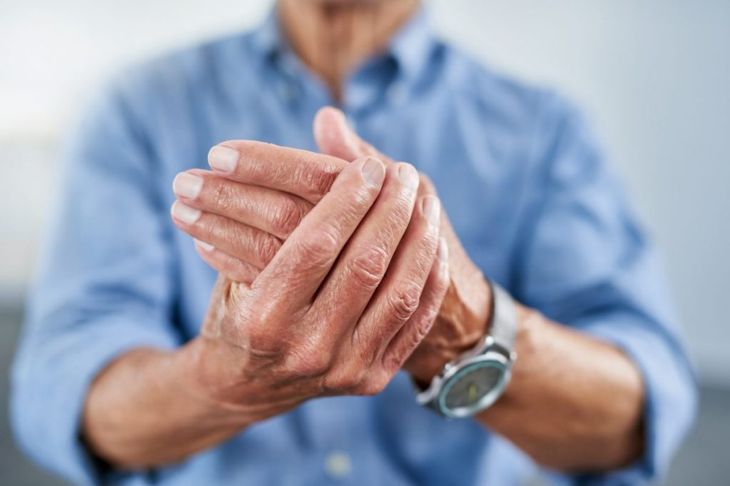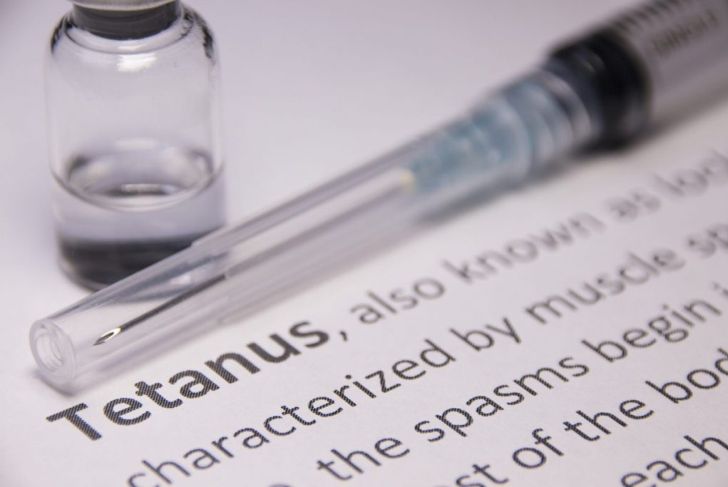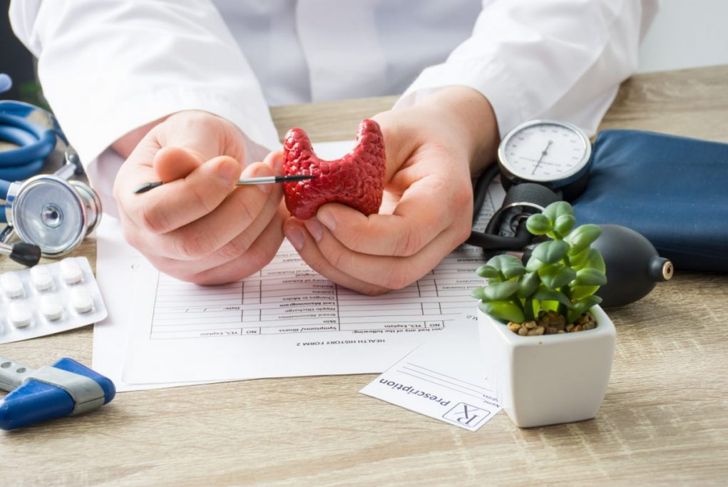Muscle spasms are a reaction to multiple factors, including stress, injury, and illness. However, when these spasms become common or have a serious underlying cause, they may be carpopedal spasms. Though often one of numerous symptoms of a condition, carpopedal spasms may be the most noticeable and pronounced. Identifying the cause behind these spasms can alleviate the pain they cause and prevent more serious health problems in the future.
What are Carpopedal Spasms?
Carpopedal spasms are painful spasms of the muscles in the hands and feet. The prefix “carpo” comes from the Latin word carpus, meaning the wrist or hand. The prefix “pedal” comes from the Latin word ped, meaning foot. These spasms are usually a symptom of an underlying illness when they are recur frequently.
Illnesses Associated with Carpopedal Spasms
Severity and frequency are the distinguishing features of carpopedal spasms, as opposed to more common muscle contractions and spasms, and they can often be traced back to a specific ailment. Sometimes, the spasms are the result of a deficiency in electrolytes or thyroid hormones (hypothyroidism). Other causes include Celiac disease and acute hyperventilation syndrome (HVS). In many of these cases, the spasms are caused by low calcium levels.
The Difference Between Tetany, Tetanus, and Carpopedal Spasms
Tetany and tetanus are often used interchangeably, but there is a difference. The root word for both is the Greek term tetanos, which means rigid or stretched. Tetanus is a bacterial illness that can cause muscle spasms and rigidity, also known as tetany. Tetany is a symptom caused by overstimulated muscles, the result of bacterial tetanus or a deficiency. Carpopedal spasms are a symptom of tetany. If medical experts use “tetanus” to muscle spasms specifically, they usually use the phrase “physiological tetanus” to avoid confusion.
Carpopedal Spasms, Tetany, and Hypocalcemia
Hypocalcemia is a reduced amount of calcium in the blood; this lack causes the muscles to become overstimulated, leading to tetany and then carpopedal spasms. Since people with hypocalcemia can be asymptomatic, meaning they show no symptoms specific to this condition, muscular spasms are often the sign that alerts an individual to his or herillness before it becomes severe.
Carpopedal Spasms and Celiac Disease
Celiac disease is a relatively newly discovered cause of carpopedal spasms. People who experience immune reactions to gluten that cause intestinal damage are diagnosed with this condition. Since damaging the intestinal tract also damages the nutrient absorption process, celiac disease can cause malabsorption. The absence of vital nutrients and electrolytes can lead to carpopedal spasms.
Acute Hyperventilation Syndrome and Carpopedal Spasms
Acute hyperventilation syndrome (HVS) causes a person to take short, shallow breaths in response to an anxiety-inducing or stressful situation. Hyperventilation causes a decrease of carbon dioxide in the blood, which leads to reduced calcium and phosphate in the bloodstream. The absence of these vital electrolytes causes painful spasms in the hands and feet.
Hypothyroidism Can Cause Carpopedal Spasms
Hypothyroidism occurs when the thyroid does not produce enough hormones to regulate metabolism, control energy levels, and maintain homeostasis. The hormones the thyroid produces — parathyroid hormone (PTH) — is also responsible for regulating calcium levels. When this process fails, carpopedal spasms can develop.
Bulimia Nervosa and Carpopedal Spasms
Sometimes bulimia nervosa can cause carpopedal spasms. A disturbance of acidity and electrolyte levels can lead to this symptom, often when other signs are absent. Low levels of calcium, magnesium, and potassium trigger this muscular reaction. Replenishing these electrolytes intravenously and treating bulimia to prevent relapses can stave off further spasms.
Treating Carpopedal Spasms
Treating the underlying cause generally stops carpopedal spasms. If the cause is not immediately clear, most physicians will run blood tests to identify the absence of nutrients or electrolytes. Generally, dietary changes are vital to treating the spasms, especially in people with celiac disease. Nutrient-rich foods such as leafy greens can often correct the problems caused by malabsorption and rebalance electrolytes in the bloodstream.
Preventing Carpopedal Spasms
Carpopedal spasms can be prevented by regular blood work; the lab tests will show any deficiencies before the person becomes symptomatic. If a doctor feels a patient is at risk for the spasms, he or she may recommend oral supplements for calcium and vitamin D; the latter aids in the absorption of the former. Other than treating the root cause for the spasms, avoiding practices that can hinder absorption, such as consuming alcohol, smoking, and taking certain prescription drugs, can also help prevent carpopedal spasms.
+ 9 Sources

 Home
Home Health
Health Diet & Nutrition
Diet & Nutrition Living Well
Living Well More
More




















